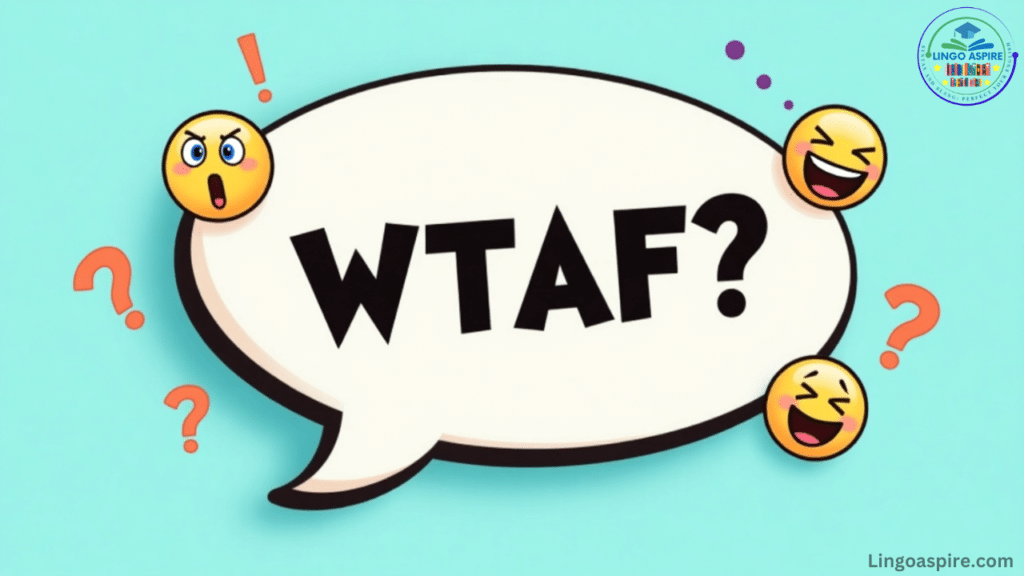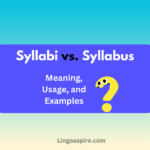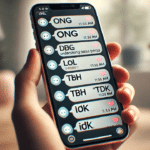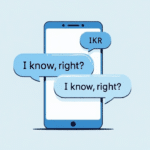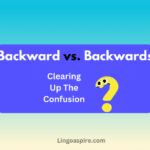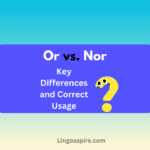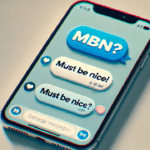The internet is full of strange words and phrases. People use online slang to express emotions quickly. One of these expressions is WTAF. This term often appears in texts, memes, and social media posts. If you’ve ever seen it and wondered, “WTAF meaning?”, this guide has all the answers.
WTAF meaning comes from the well-known WTF (What the F*)**. The extra “A” stands for “actual,” making it stronger. When someone says WTAF, they feel shock, disbelief, or frustration. It’s often used in internet meme culture, funny messages, or even serious situations. Knowing when and how to use it correctly will help you understand digital communication expressions better.
What Does WTAF Mean?

The WTAF definition is simple: it stands for “What the actual f*.”** It’s a more intense version of WTF. The word “actual” adds emphasis. It makes the phrase sound even more surprised or frustrated.
Unlike regular texting abbreviations, WTAF carries a mix of emotions. It can show shock, disbelief, or sometimes humor. It’s a favorite in internet slang terms because it sounds funnier and stronger than WTF. People often use it when reacting to something completely unexpected.
How Is WTAF Used in Texting and Online Conversations?
People use WTAF in conversations to express different feelings. It often appears in text messages, tweets, or even comments. The phrase is common in social media abbreviations because it grabs attention fast.
For example, if someone shares an unbelievable story, a friend might reply with “WTAF! That’s Strange!” This shows pure shock. In other cases, it can be sarcastic. Imagine seeing a bad fashion choice, and someone comments, “WTAF is he wearing?” This adds humor while still showing disbelief. The phrase fits well in casual chats, memes, or even frustration-filled rants.
WTAF vs WTF: What’s the Difference?
Many people ask about WTF vs WTAF. While both phrases express shock, there is a slight difference in intensity. WTF is a general reaction to something surprising. WTAF is much stronger. The added “A” makes it feel more personal and emotional.
| Comparison | WTF | WTAF |
|---|---|---|
| Full Meaning | What the f*** | What the actual f*** |
| Emotion | Shock, confusion, frustration | Stronger shock, disbelief |
| Usage | Common in texts, reactions | More intense, often humorous |
For example, if you see a weird outfit, you might say WTF is that? But if it’s truly awful, WTAF is that? sounds even more expressive.
WTAF in Texting and Social Media

WTAF is a widely used slang term in texting and social media, often appearing in casual conversations, memes, and reactions to unexpected or shocking events. As a stronger version of WTF (What the F*)**, it expresses extreme surprise, disbelief, or frustration. Due to its explicit nature, it is commonly used among close friends rather than in formal or professional settings.
In text messages, people use WTAF when reacting to bizarre news, absurd situations, or jaw-dropping moments. For instance, if a friend shares an unbelievable story, the response might be “WTAF? That actually happened?” The abbreviation helps keep conversations concise while delivering a strong emotional impact.
On social media platforms like Twitter, Instagram, and Reddit, WTAF appears in captions, memes, and viral posts. Many users comment “WTAF did I just watch?” when reacting to strange videos or “WTAF is going on here?” under shocking news articles. It also appears in digital humor, especially in internet meme culture, where it adds emphasis to exaggerated reactions.
Despite its widespread use, WTAF is not suitable for formal communication or professional emails. It remains a key part of online slang meanings and continues to evolve as part of internet language trends.
How to Respond to WTAF
When someone uses WTAF in a conversation, the response depends on the context. Below is a table showing different ways to reply based on the situation:
| Context | Possible Response |
|---|---|
| Surprised by shocking news | “I know, right? This is unbelievable!” |
| Reacting to something funny | “Haha! I couldn’t believe it either!” |
| Confused by an unexpected situation | “Yeah, I have no idea what’s going on!” |
| Responding to frustration | “That’s Brainless! What were they thinking?” |
| When unsure of the situation | “Wait, what happened? Tell me more!” |
| Expressing agreement | “Exactly! This makes no sense at all!” |
| Trying to calm someone down | “I know it’s Strange, but let’s figure it out.” |
| Reacting to a weird meme/video | “WTAF indeed! The internet is wild!” |
| When it’s something unbelievable | “No way! That can’t be real!” |
| Acknowledging their shock | “Yep, totally mind-blowing!” |
Examples of WTAF in Conversations
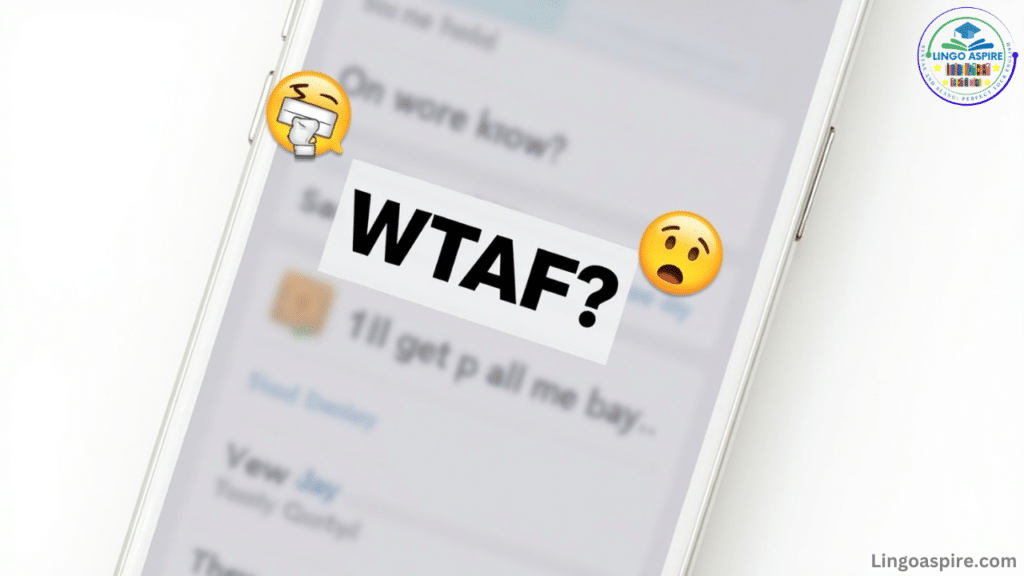
Common texting slang like WTAF appears in real conversations all the time. Here are a few examples of how people use it:
- Surprise:
- Person A: “I just saw a dog riding a skateboard!”
- Person B: “WTAF! Are you serious?“
- Frustration:
- Person A: “They canceled my flight after I waited 6 hours!”
- Person B: “WTAF! That’s so unfair!“
- Sarcasm:
- Person A: “He said pineapple belongs on pizza.”
- Person B: “WTAF is wrong with people?“
- Meme Culture:
- Caption under a weird photo: “WTAF am I looking at?“
The phrase works in different situations. It depends on how dramatic or funny the reaction is meant to be.
Alternative words to WTAF and their meanings
| Alternative Phrase | Meaning |
|---|---|
| WTF (What the F*) | General surprise, shock, or disbelief |
| OMG (Oh My God) | Expression of amazement or shock |
| SMH (Shaking My Head) | Disappointment or disbelief |
| LOLWUT | Confusion and disbelief, often humorous |
| DAFUQ | Slang version of “What the f***?” expressing strong surprise |
| ARE YOU SERIOUS? | Direct way to ask if something unbelievable is true |
| NO WAY! | Strong disbelief or surprise |
| HOLY S*!* | Intense reaction to shocking events |
| WHAT ON EARTH? | Expression of confusion or amazement |
| ARE YOU KIDDING ME? | Used when something seems too Strange to be true |
How WTAF Became Popular in Internet Meme Culture
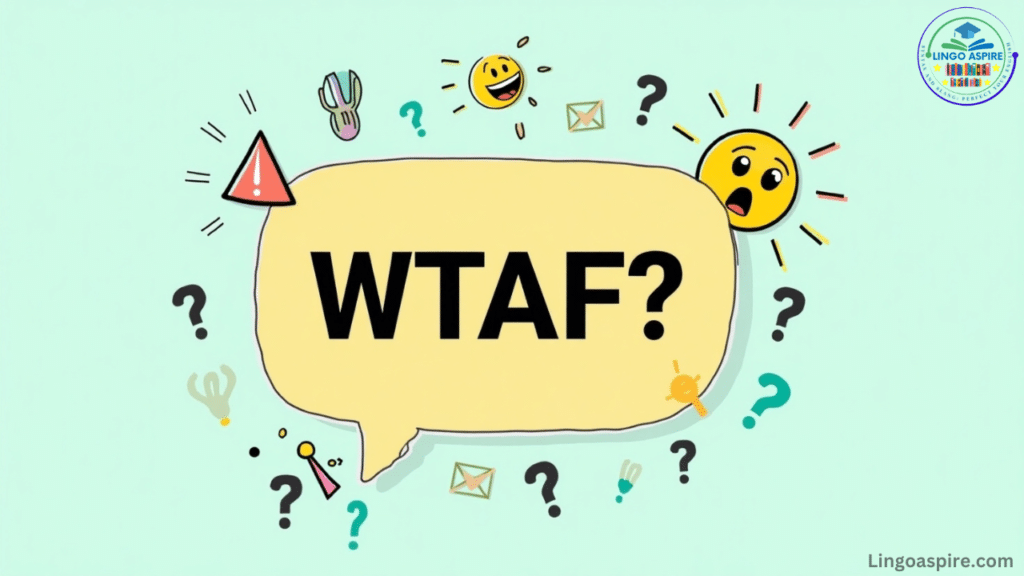
The rise of internet slang terms and memes made WTAF slang more popular. People on platforms like Twitter, Reddit, and TikTok use it daily. It adds humor and exaggeration to posts.
Memes often use WTAF to react to strange or unexpected situations. A classic example is a funny video of a cat doing something odd, with “WTAF just happened?” as the caption. This blend of humor and shock makes it a favorite in online language trends.
Meme creators love funny texting phrases, and WTAF is one of the best for creating viral content. Since it expresses shock and disbelief, it fits perfectly in reactions and captions.
Digital Communication Expressions: When Not to Use WTAF
Even though WTAF is common in acronyms in texting, it’s not always appropriate. Some situations require a more formal or respectful approach.
- Professional settings: Avoid using it in work emails or serious discussions. Instead, use phrases like “That’s unbelievable!”
- Talking to elders: Many people, especially older generations, might not be familiar with WTAF slang. Use simpler expressions like “That’s Strange!”
- Sensitive topics: If someone shares bad news, using WTAF might seem rude or careless. It’s better to say, “I’m sorry to hear that.”
Understanding the right context makes a big difference. It helps you avoid misunderstandings while still keeping up with common texting slang.
Quiz on WTAF Meaning and Usage
1. What does WTAF stand for?
a) What the absolute fail
b) What the actual fun
c) What the actual f***
d) Why the angry face
Answer: c) What the actual f***
2. How is WTAF different from WTF?
a) WTAF is weaker than WTF
b) WTAF adds more emphasis and emotion
c) WTAF is a formal way to say WTF
d) There is no difference
Answer: b) WTAF adds more emphasis and emotion
3. In which situation would WTAF be used correctly?
a) Sending a formal email to your boss
b) Expressing shock at a bizarre news article
c) Writing an academic paper
d) Talking to your grandmother about knitting
Answer: b) Expressing shock at a bizarre news article
4. Where is WTAF most commonly used?
a) Legal documents
b) Religious texts
c) Social media, memes, and texting
d) Scientific research papers
Answer: c) Social media, memes, and texting
5. What type of emotion does WTAF usually express?
a) Happiness and joy
b) Calm and relaxation
c) Shock, disbelief, or frustration
d) Politeness and formality
Answer: c) Shock, disbelief, or frustration
Conclusion
Language keeps evolving, and online slang meanings change with it. WTAF started as a stronger version of WTF, but it became a unique part of internet culture. Whether used in humor, sarcasm, or frustration, it adds impact to conversations.
As social media grows, phrases like WTAF will keep spreading. Texting abbreviations help people express emotions faster, and this one isn’t going away anytime soon. Whether you’re reacting to shocking news or laughing at a meme, WTAF is a great way to show your emotions online.
Sources
- Oxford English Dictionary (OED): The OED defines WTAF as an interjection originating from electronic communications, standing for “what the actual f***.” This source highlights its usage in expressing extreme incredulity or annoyance.
- Urban Dictionary: According to Urban Dictionary, WTAF is an acronym for “What the actual f***,” used when “WTF” would suggest that the situation is imaginary or nonexistent. This definition emphasizes its application in scenarios requiring a stronger expression of disbelief.
- Slang.net: Slang.net describes WTAF as a variation of the popular term WTF, meaning “what the actual f***.” It’s commonly used in text messages and online to express frustration or disbelief, reflecting the term’s integration into digital communication.

